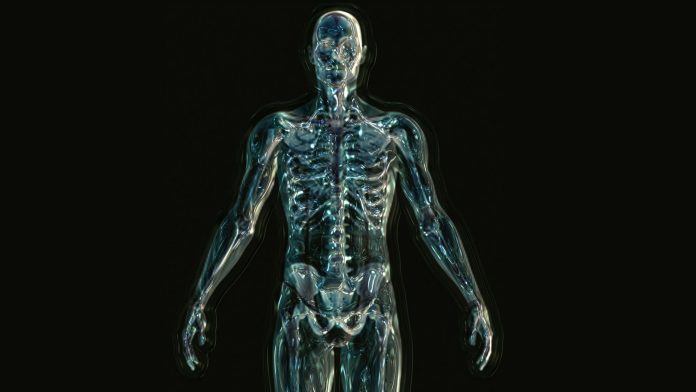
Researchers at Karolinska Institutet, Sweden, have been able to improve functional recovery following spinal cord injuries in mice, paving the way for new therapeutic treatments.
The healing ability of the central nervous system is very limited, and brain or spinal cord injuries often result in permanent functional deficits.
Now, scientists from Karolinska Institutet have reported that they have found an important mechanism that explains why this happens.
What happens with the nervous system?
Following an injury to the central nervous system, a special type of scar tissue is formed which inhibits the regeneration. Injuries to the brain and spinal cord therefore often lead to permanent loss of functional ability.
More than a century ago it was recognised that nerve fibres of the central nervous system fail to grow through the scar tissue that forms a lesion.
This scar tissue is a complex mesh of different cell types and molecules, and it has been unclear exactly how the scar tissue blocks nerve fibre regrowth.
Identifying an important mechanism
After studying mice with spinal cord injuries, the researchers identified an important mechanism behind the inhibition of nerve fibre regeneration.
Christian Goritz, associate professor at the Department of Cell and Molecular Biology, said: “Our findings give an important explanation as to why functional recovery is so limited following injury to the central nervous system.”
The researchers at Karolinska found the explanation lies in a small population of cells lining blood vessels that gives rise to a large part of the scar tissue.
Inhibiting scar formation by these blood vessel-associated cells allowed some nerve fibres to grow through the injury and reconnect with other nerve cells. This resulted in improved functional recovery following spinal cord injury in mice.
Goritz added: “Further studies are now needed to explore whether this knowledge can be used to promote recovery following injury to the central nervous system in humans.”
The research was published in the journal Cell.























